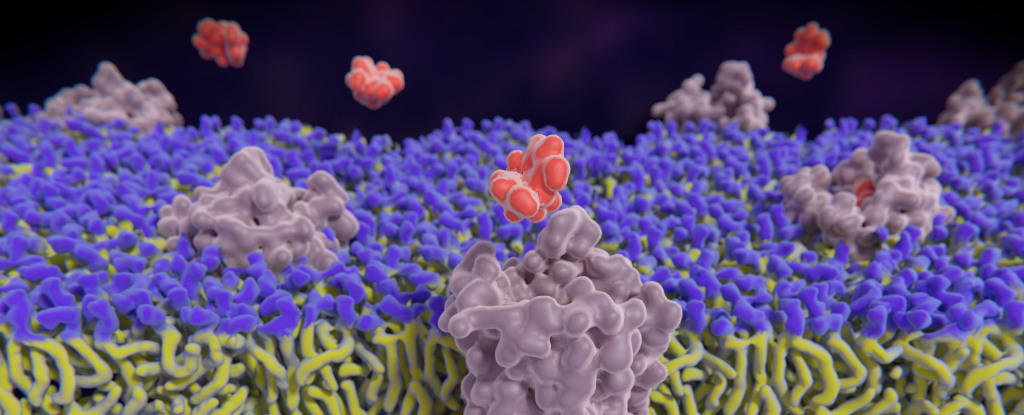Considering the magnitude of the impact opioids have on the world (for better or worse), scientists know surprisingly little about how these drugs actually work.
A recent study led by researchers at the University of California, Davis describes a new method that allows researchers to watch in real time how the nervous system responds to opioid receptor activation.
The team showed that by engineered fluorescent receptors into mouse neurons, it was possible to visualize opioid activity in the living brain.
When most people hear the word “opioid,” they think of drugs like heroin or fentanyl. But the human body has its own unique Opioid System,this is Integer part of the brain’s reward and aversion pathways.
This system revolves around three receptors, called kappa (κOR), delta (δOR), and mu (μOR), which are activated by a variety of short-chain amino acids released by neurons in response to pleasure, pain, and stress. The best known of these opioid neuropeptides are probably the endorphins (coined “endogenous morphine”); Whole One of them.
Opioid drugs also bind strongly to and activate opioid receptors. Although there are non-psychoactive opioid drugs (such as the antidiarrheal drug loperamide), most of these drugs suppress pain, induce a strong feeling of euphoria, and cause the brain to adapt to the new opioid baseline. Therefore, they are useful as painkillers, but Highly addictive.
So far, so good. But what seems like a fairly simple process at first glance has a lot of subtleties and complexities. paper They point out that even the process of understanding how neuropeptides interact with the opioid system is difficult.[The receptors] It can be activated by at least 20 endogenous opioid peptides with different affinities and selectivities.
The “different affinities and selectivities” point is important because different opioids bind more strongly or weakly to each receptor, meaning the degree to which each receptor is activated is more like a light bulb on a dimmer than a simple on/off switch.
Another obstacle is the minute amounts of neuropeptides involved in the opioid system: “The concentrations released can also be orders of magnitude lower than those of conventional neurotransmitters…As a result, it has been extremely difficult to study the processes that control the release of opioid neuropeptides,” the paper noted.
And of course, there are many more synthetic opioids than neuropeptides, and they all affect the brain in subtly different ways.
The paper describes a new technique to study exactly what happens at opioid receptors when they encounter something to which they bind, whether it be an endogenous neuropeptide or an opioid drug.
The technology involves three carefully tailored molecules, called biosensors, based on the κOR, δOR, and μOR receptors, respectively.
These molecules fluoresce when a substance activates the receptor in question and cease to fluoresce when the receptor returns to its inactive state. The fluorescence is dose-dependent and can also be reduced by opioid blockers, for example. NaloxoneIt binds strongly to the receptor without activating it.
Applying this technique to mice with fluorescent biosensors attached to the hippocampus region of the brain, the team was able to observe how opioid receptors responded to different drugs and neuropeptides.
This discovery not only deepens our understanding of the opioid system; Potential Treatments Anxiety and depressionNeedless to say A seemingly endless quest A drug that has the same pain relieving effect as existing opioids, but without the potential for addiction.
This paper Nature Neuroscience.


